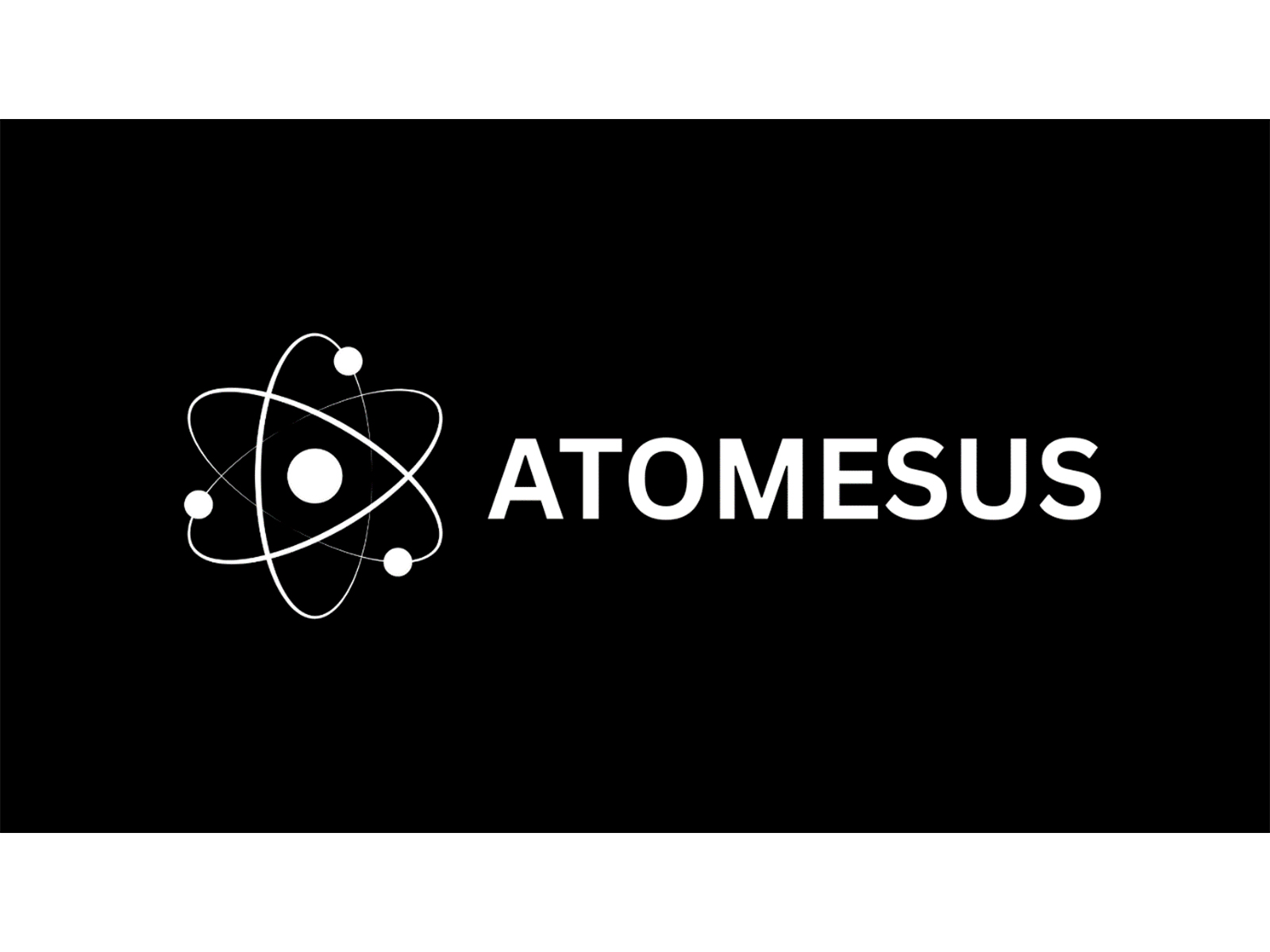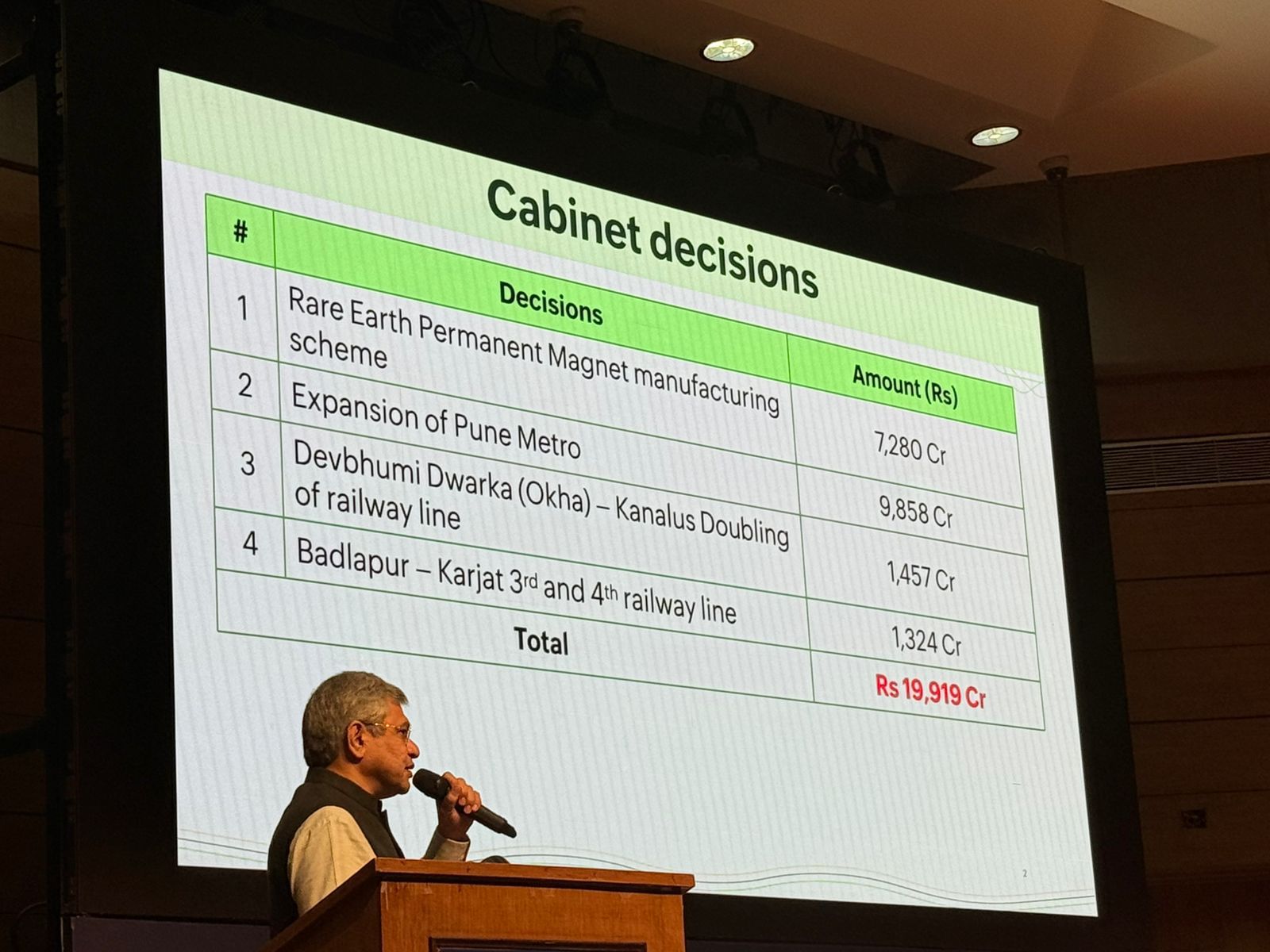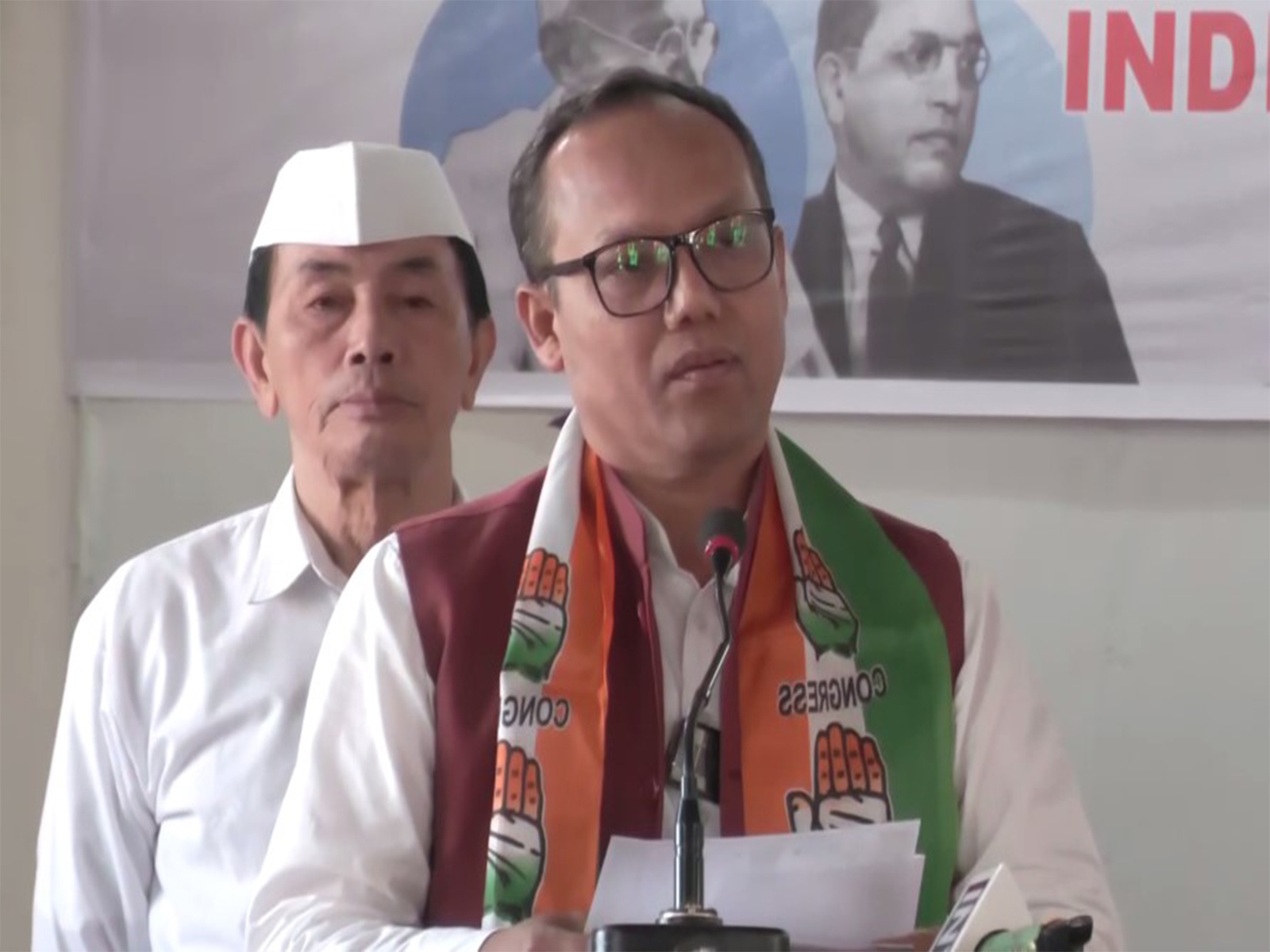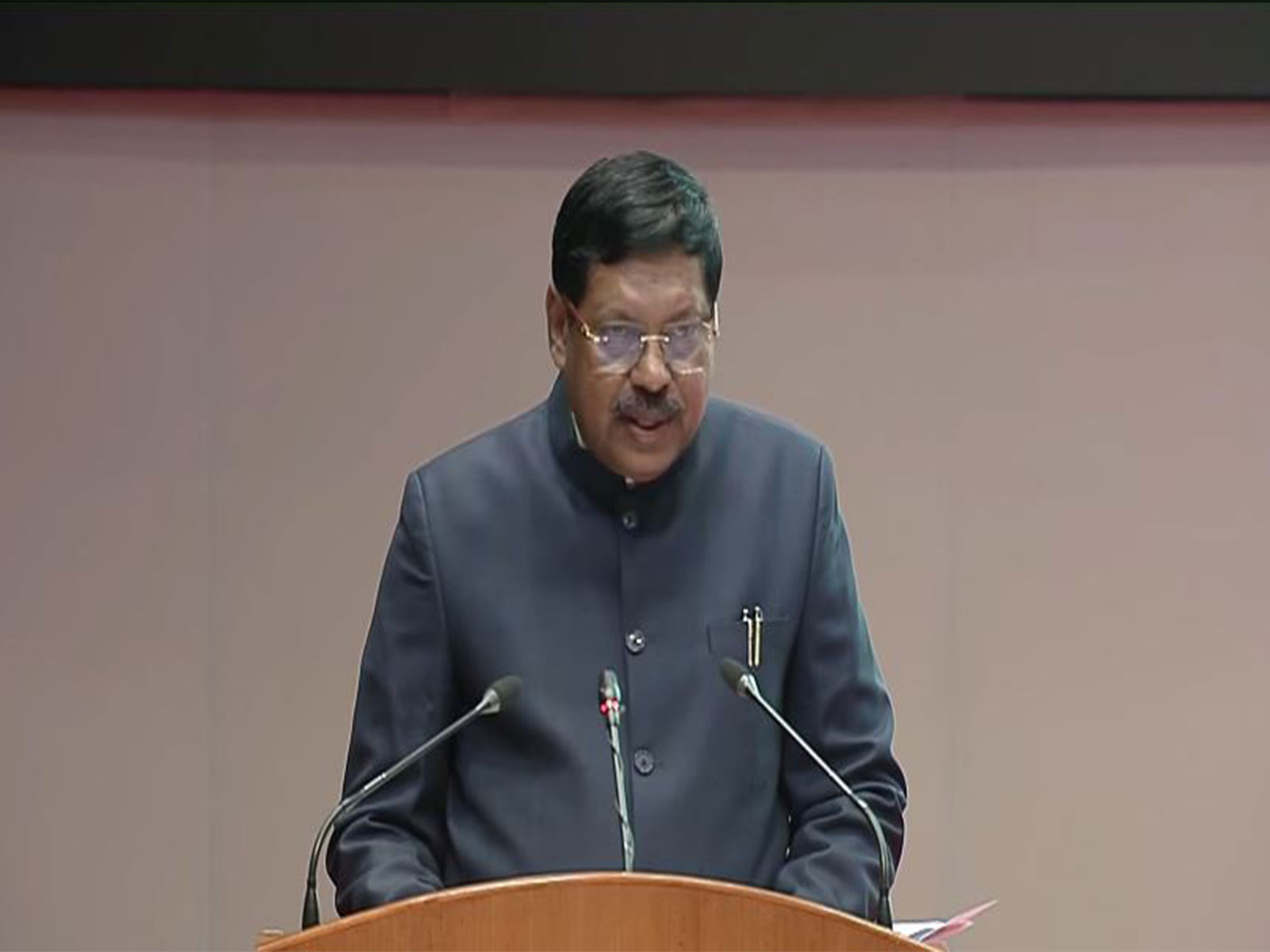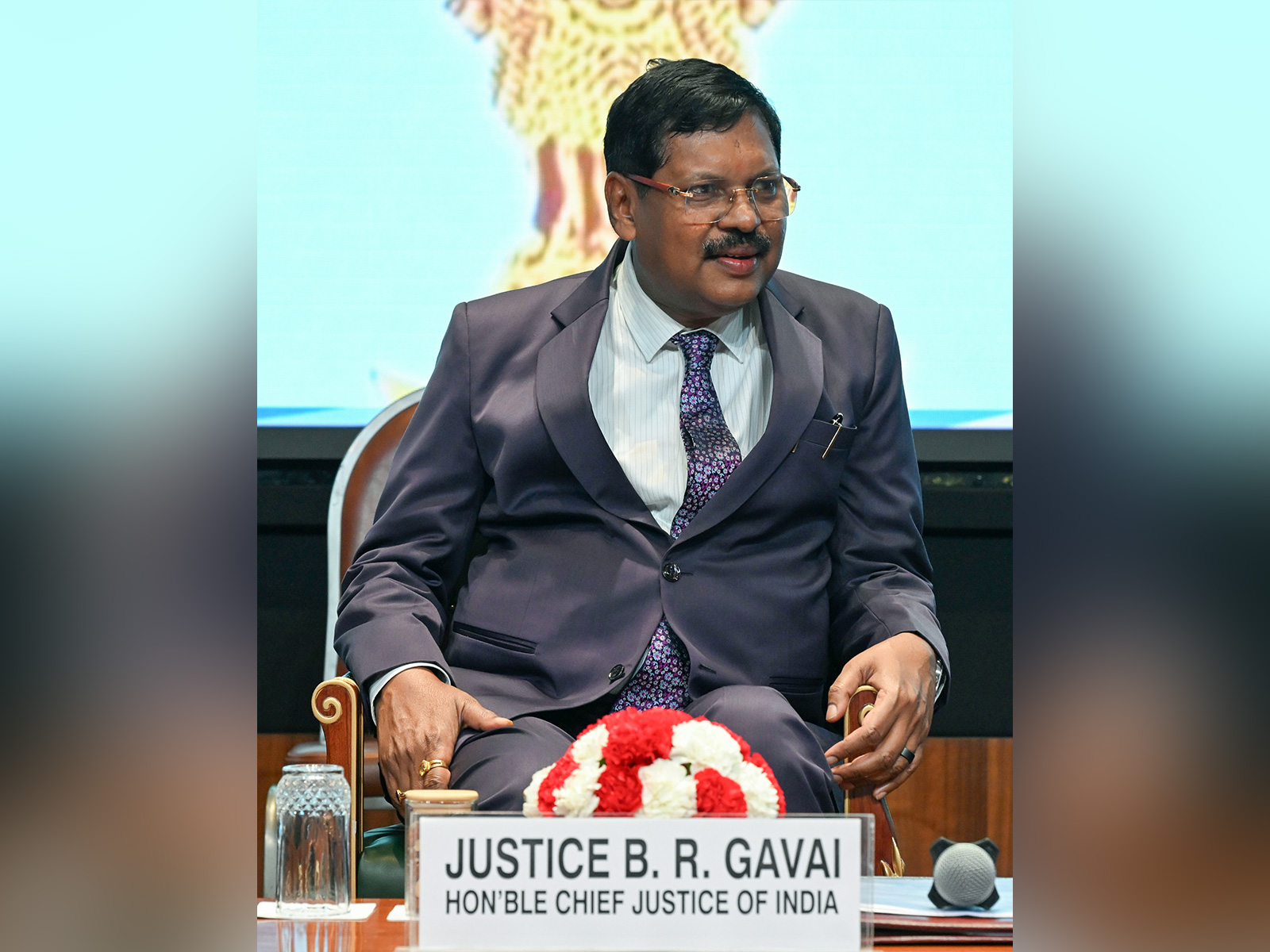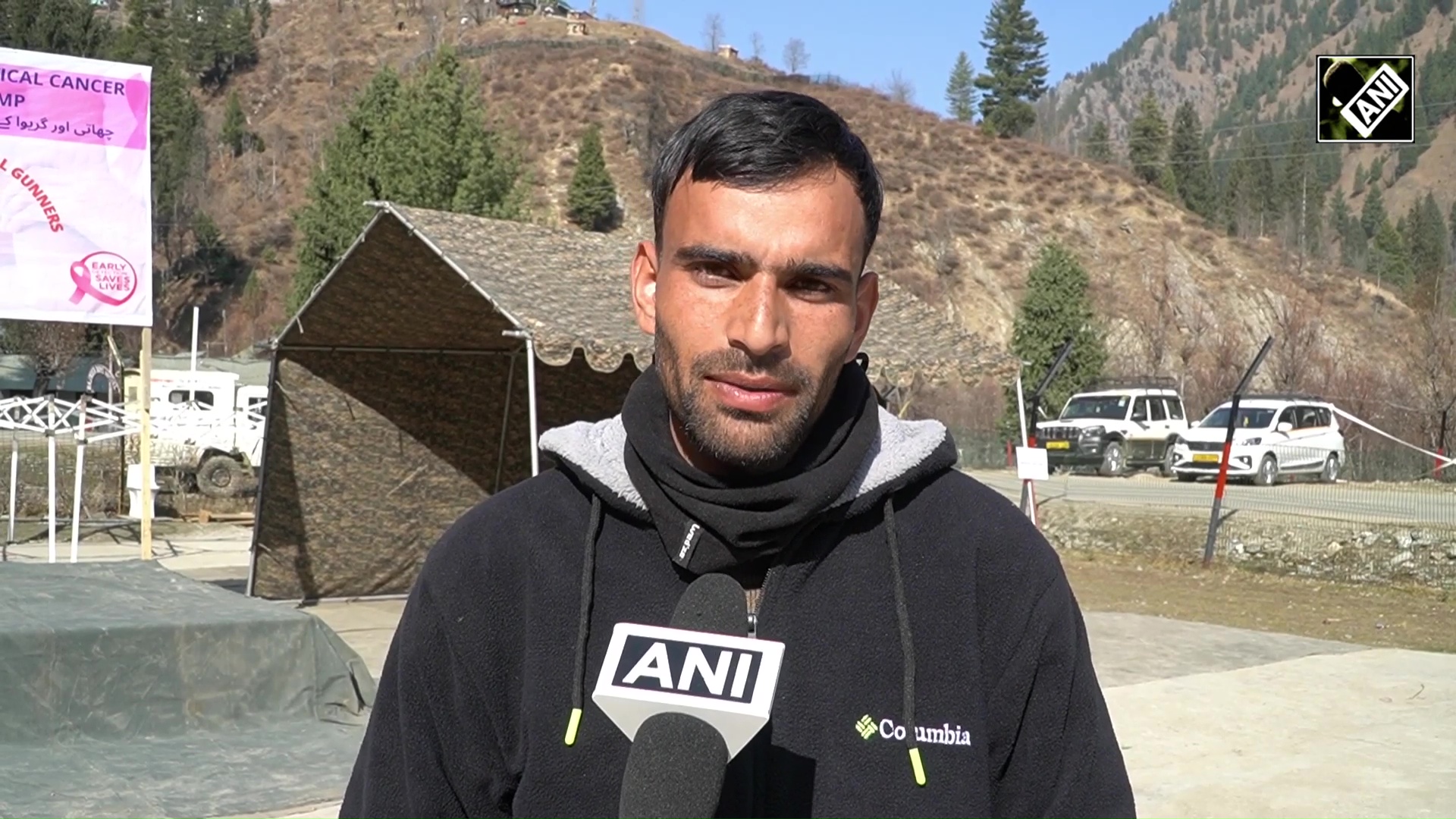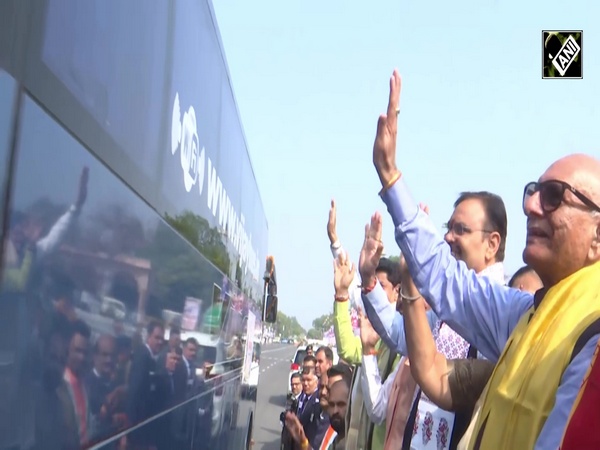EVs to drive lithium-ion battery demand growth by remarkable 48% CAGR through 2030: Report
Jul 09, 2025

New Delhi [India], July 9 : The lithium-ion battery (LiB) market in India is poised for rapid growth, driven by increasing demand from consumer electronics (CEs), electric vehicles (EVs), and stationary storage (SS) applications, according to a joint report by India Cellular and Electronics Association (ICEA) and Accenture.
The demand for lithium-ion battery is expected to reach 115 GWh by 2030 with consumer electronics growth projected at 3 per cent, stationary storage at 14 per cent, and EVs at a remarkable 48 per cent CAGR between now and 2030.
As per the report, this growth will also be supported by India's commitments to Net-Zero goals and favorable government policies on catalysing demand for low-carbon energy, cell manufacturing, and end-of-life (EoL) management of lithium-ion batteries.
On the flip side, with rise in this demand, India also faces challenges such as a rising import bill and environmental impact due to disposal of end-of-life lithium-ion batteries.
"India currently lacks Li-ion cell pack manufacturing capabilities and mining infrastructure, making it heavily reliant on imports of LiBs consisting of critical battery-active materials such as Lithium, Cobalt, Nickel, and Manganese," the ICEA report read.
The projected cumulative demand for the period 2024 to 2030 for these critical active materials is estimated to reach more than 250kT, translating into an import exposure of more than USD 5 billion.
To address these challenges, the government has introduced various policy interventions, such as the Critical Minerals Mission, trade duty exemptions on critical minerals, among others.
Further, CPCB introduced the Battery Waste Management Rules (BWMR) in 2022, establishing a regulatory framework to foster recycling and retention of critical battery-active materials within India.
Nearly 39 per cent of consumer electronics batteries that have reached their end-of-life do not get collected.
At COP26 held in 2021, India committed to an ambitious five-part "Panchamrit" pledge. They included reaching 500 GW of non-fossil electricity capacity, generating half of all energy requirements from renewables, and reducing emissions by 1 billion tonnes by 2030.
India as a whole also aims to reduce the emissions intensity of GDP by 45 per cent. Finally, India commits to net-zero emissions by 2070.
